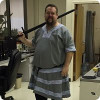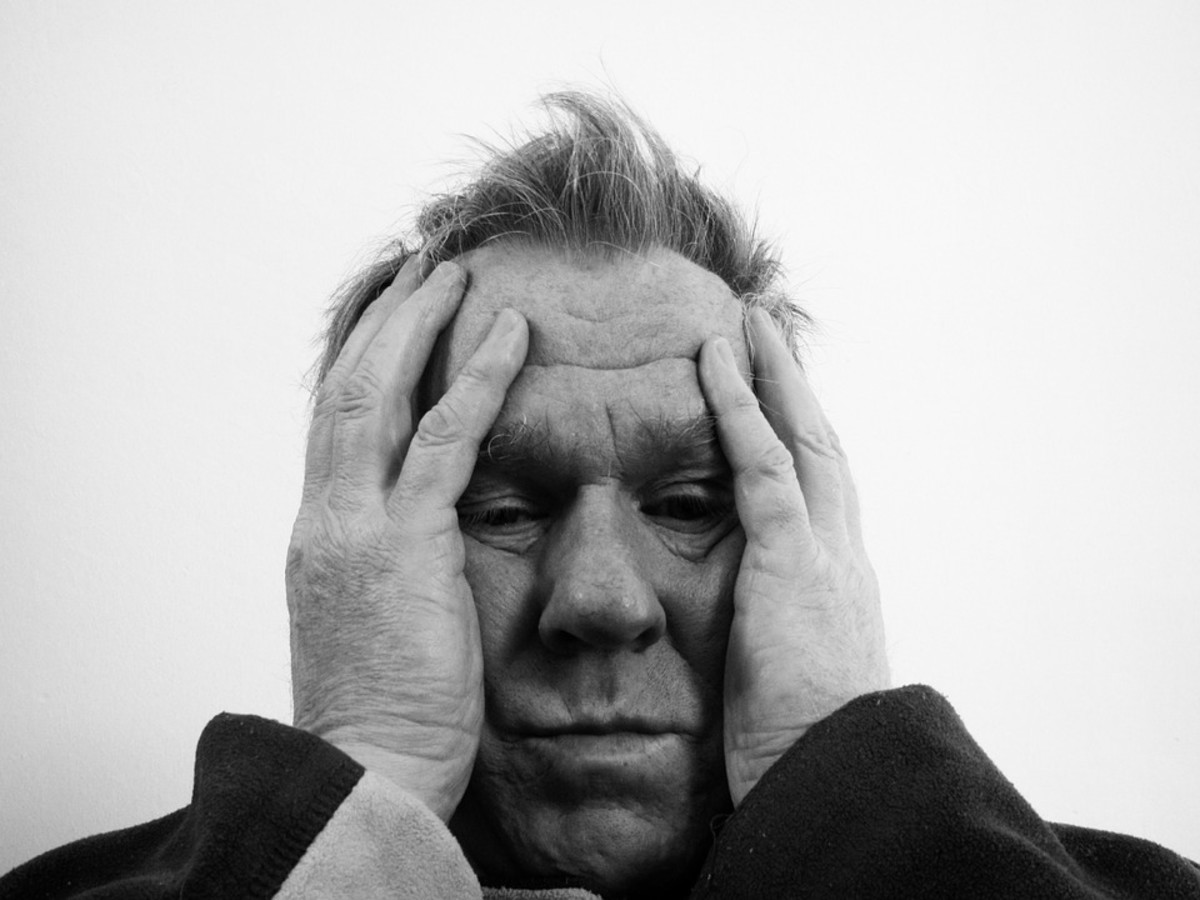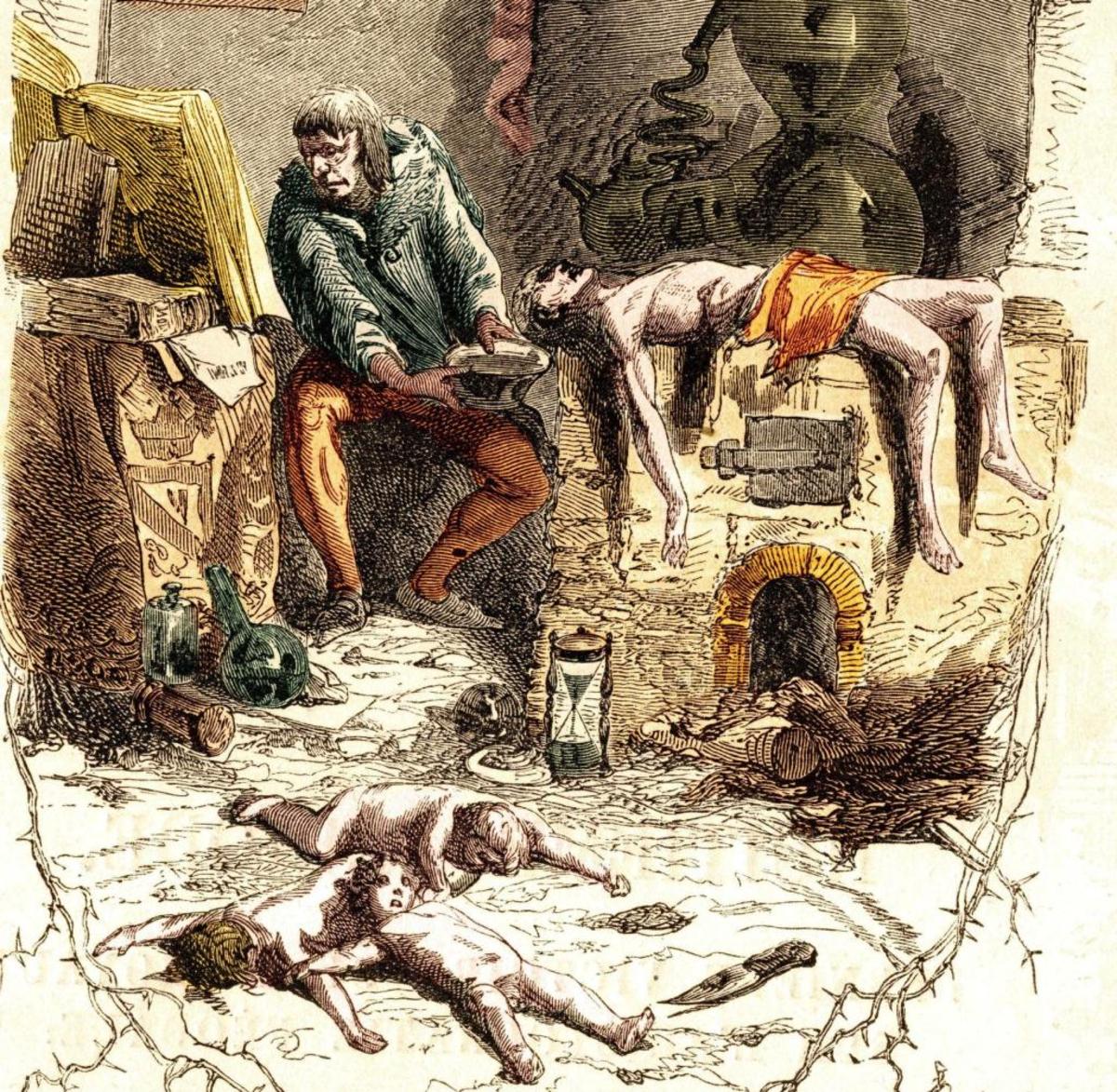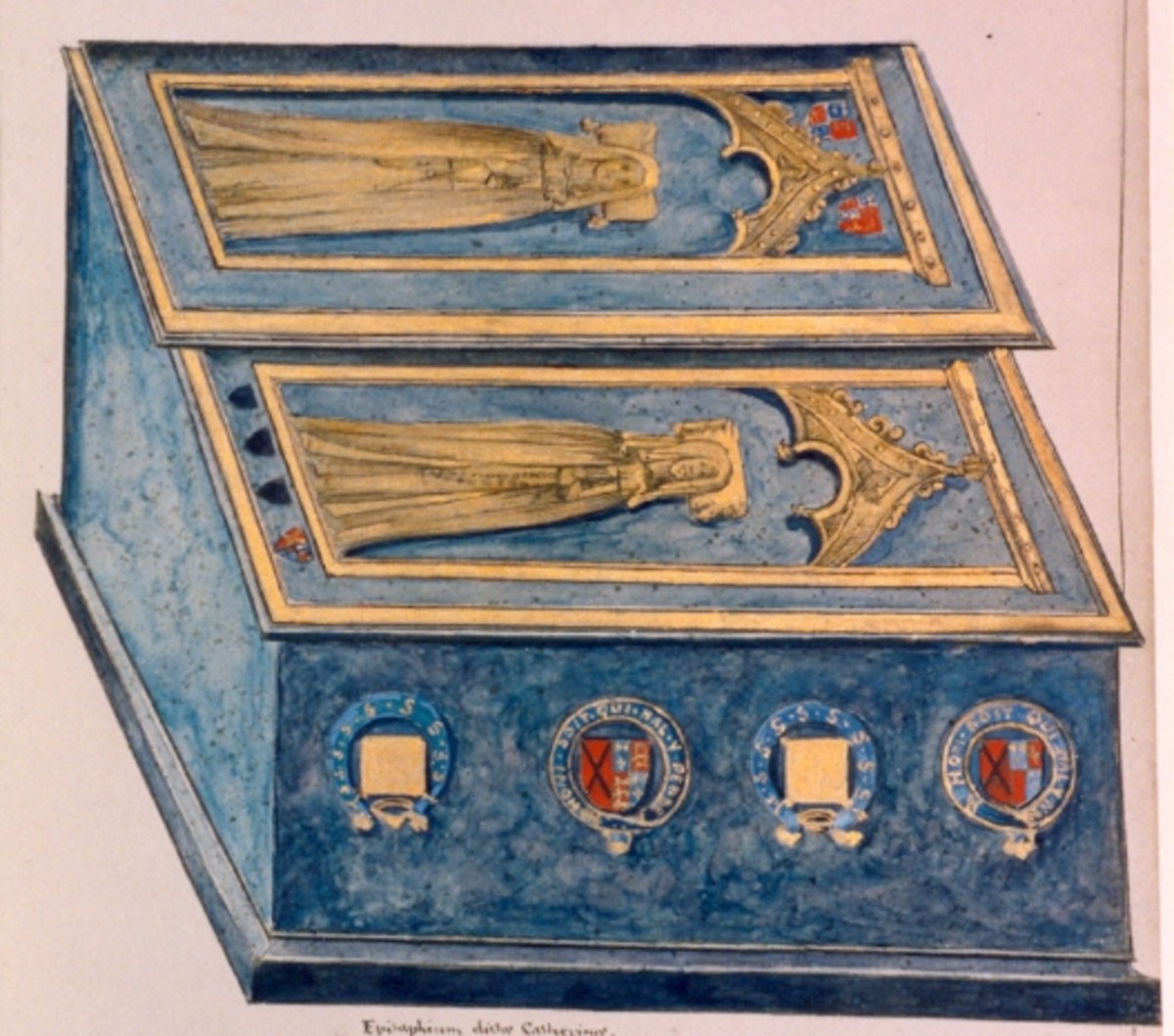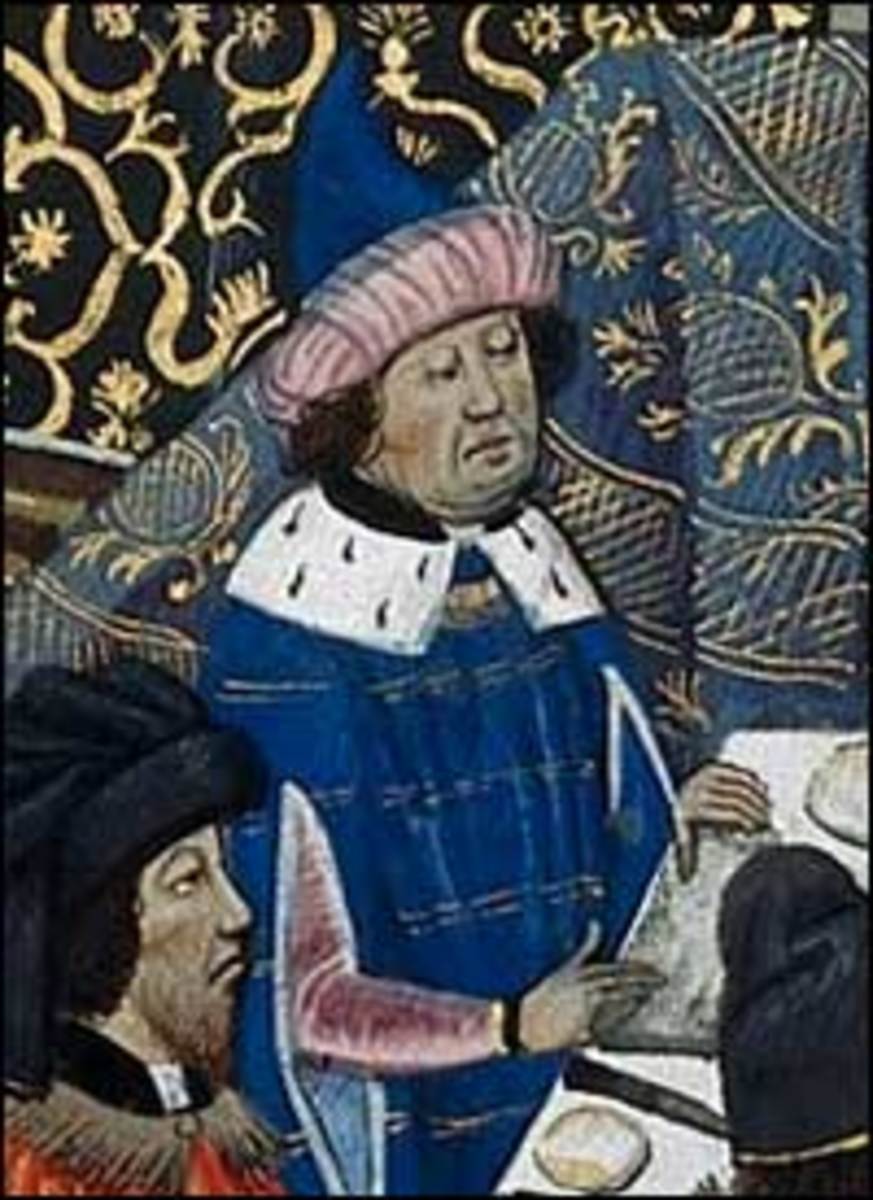Historic Mysteries - The Dancing Plague
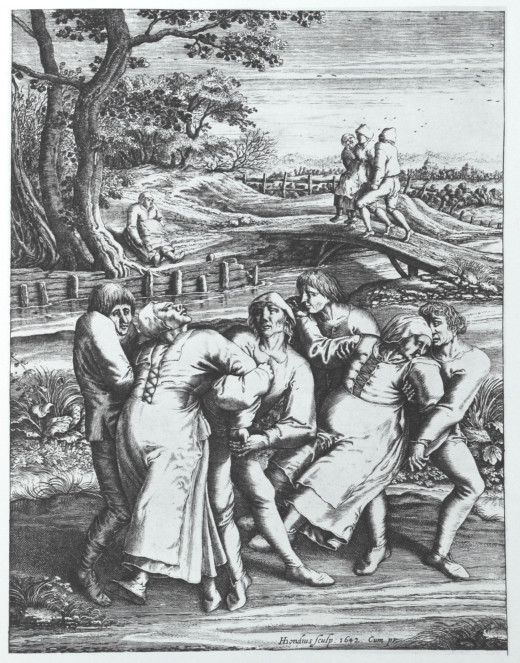
Dance 'Till you Drop!
Believe it or not history is filled with references to people becoming suddenly afflicted with the need to dance, sometimes literally until they collapse in exhaustion or death. The most notable case of this was in Strasbourg in 1518 where some 400 people were affected and several deaths occurred. This was far from an isolated incident however, the earliest recorded outbreak of this "Dancing Plague" was in 7th century the plague reached its peak in the 16th century and mysteriously vanished in the 17th century. While there are several theories as to what happened no one really knows why these dancing plagues appeared, nor why they haven't been reported since.
Now many who read this will probably suppose that it was not truly dancing, but some sort of seizure such as epilepsy. The reasoning would be sound, the dancing plague did often go by the name of St. Vitus' Dance which was a medieval euphemism for epilepsy, but from all the reports it is impossible not to conclude that the afflicted were in fact dancing, the moves were deliberate and it was rhythmic, if there was music it appears the afflicted did move to the music and not just randomly, so one must discount uncontrolled muscle movements such as seizures.
What Happens in Strasbourg Stays in Strasbourg (We Hope)
The 1518 Outbreak of the Dancing Plague
On a nice summer day in July of 1518 Frau Troffea stepped out onto the streets of Stasbourg for a seemingly ordinary day, when she started dancing History was made. Reports vary on how long she danced for, but it seems she danced for at least four days straight, and possibly as many as six, no breaks before finally collapsing dead from exhaustion. Unfortunately 34 other people also started dancing in that time, and by the end of the month at least 400 people were affected. The town was completely taken by surprise. No one had any idea what to do. Not all the afflicted died, but a good number of them did.
The church claimed there was no supernatural cause, and the doctors claimed there was no real medical reason, although some postulated that it could be caused by heated blood and should simply allowed to run its course, they even talked the town into providing musicians to hasten the recovery of the afflicted, though no evidence shows this worked and it may have even made it worse.
Deaths occurred regularly during the outbreak, from exhaustion, or heart attack, or stroke. Then one day it just stopped, no more dancing, no more people passing out from exhaustion after dancing for days. No answers, no reasons, no logic.
The town was puzzled, but it wasn't the first time Stasbourg was afflicted with this plague. In 1374 they fell victim to the same affliction, but this time they did not suffer alone.
The Dancing Plague Spreads Across Europe
In 1374 an outbreak of the Dancing Plague occurs in Aix-la-Chapelle in Germany, but it doesn't just affect this one town. It spreads toCologne, Flanders, Franconia, Hainaut, Metz, Strasbourg, Tongeren, Utrecht, and then on to Italy, Luxembourg and further. There seemed no end to this one and it seemed like it would continue to spread, until in 1376 it just stopped again. Once again the Church was at a loss, the doctors of the day were confused. No one knew what was happening or why.
Signs and Symptoms
Not every outbreak of the Dancing Plague had the same symptoms, and not everyone was affected the same way. Most were docile unless you tried to restrain them, most also ignored everything around them including bystanders, and most simply danced the days away. Some however raved yelled and convulsed in actual epileptic fits during the dancing, others ran naked through the streets dancing. Some even had sexual intercourse in public while affected and dancing. In some cases the afflicted attempted to get bystanders to join in the dancing, and if the bystanders didn't comply they got violent. For the most part though the only noticeable signs was the dancing, and for some reason near inhuman stamina to continue dancing. Some experts claim that Frau Troffea was most likely dead before she fell over, but her body continued dancing after she fell, though there is no real hard evidence that this is the case.
How to Cure a Dancing Plague
Although there was no official answer given by either science or religion it didn't stop both from offering "cures". Everything from providing music for the afflicted to dance to, to bleeding, to offerings and exorcisms. Nothing seemed to help, no one knows if there is a way to stop someone once they are afflicted with this plague.
So What Caused It?
I have already stated that no one knows why the dancing plague started, this doesn't mean experts don't have educated guesses.
Ergot
Ergot is a mold that grows on certain grains in certain conditions, it's effects are much like LSD and causes epileptic fits. This is a common suggestion. The problem is, however, that ergot makes you lose control of your motor function and dancing as described in the historical texts would not be possible, voluntarily or involuntarily.
Mass Hysteria
This is the answer that seems more plausible. The theory points out that most of the outbreaks occur during times of financial and/or health tragedies, in the case of the 1518 outbreak for example, the area had been affected by the black plague quite heavily and Europe as a whole was in shambles as a result. People were stressed, but happy to be alive. Proponents of this theory claim that the relief from having survived extreme hardship caused a mass hysteria that starts with one person dancing uncontrollably and moves on through the power of suggestion.
Another factor lending credence to this theory is that outbreaks of mass hysteria have occurred modernly and have been diagnosed as such. One such case is a laughing hysteria which swept through Tanzania briefly in 1962.
© 2014 Jeff Johnston
